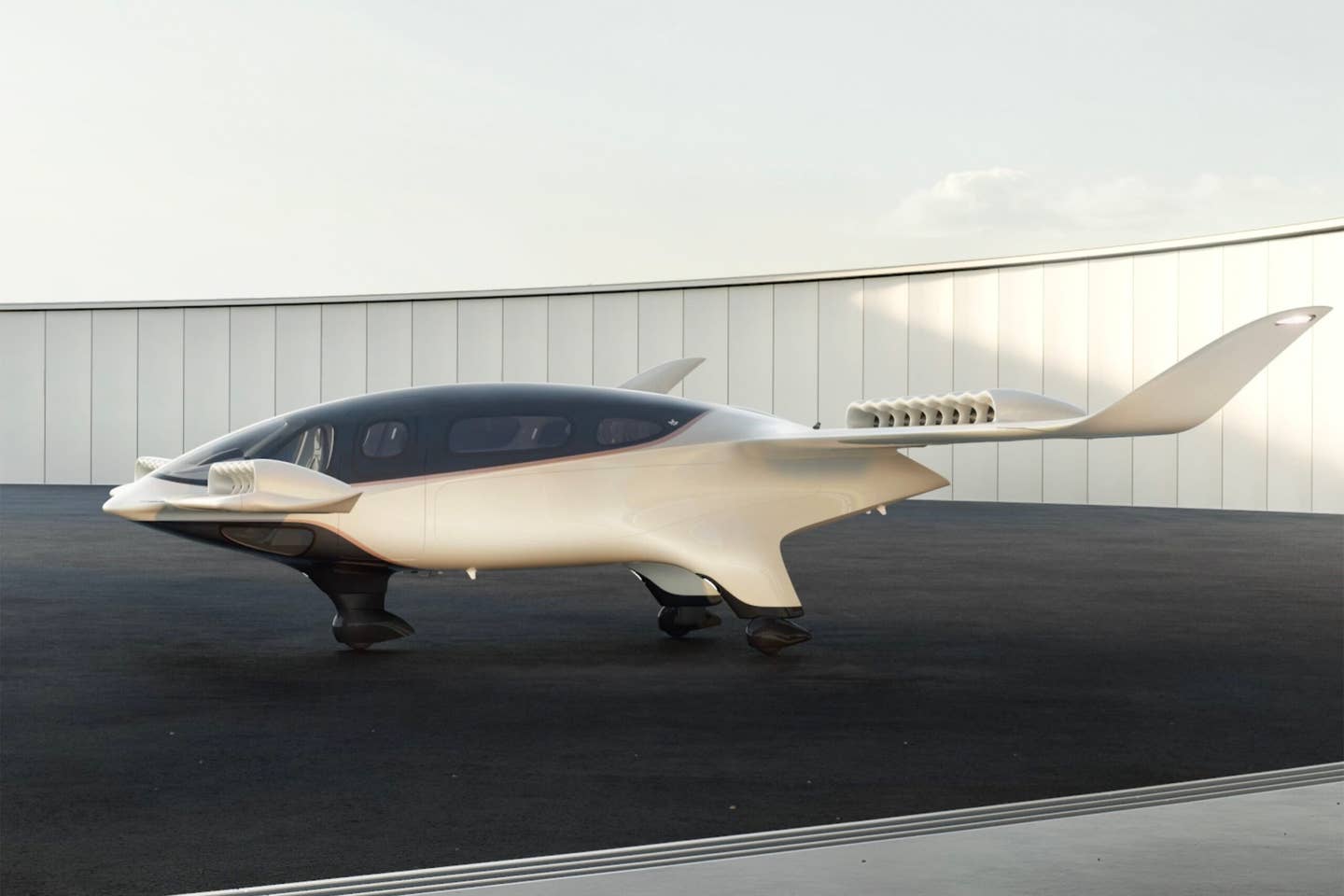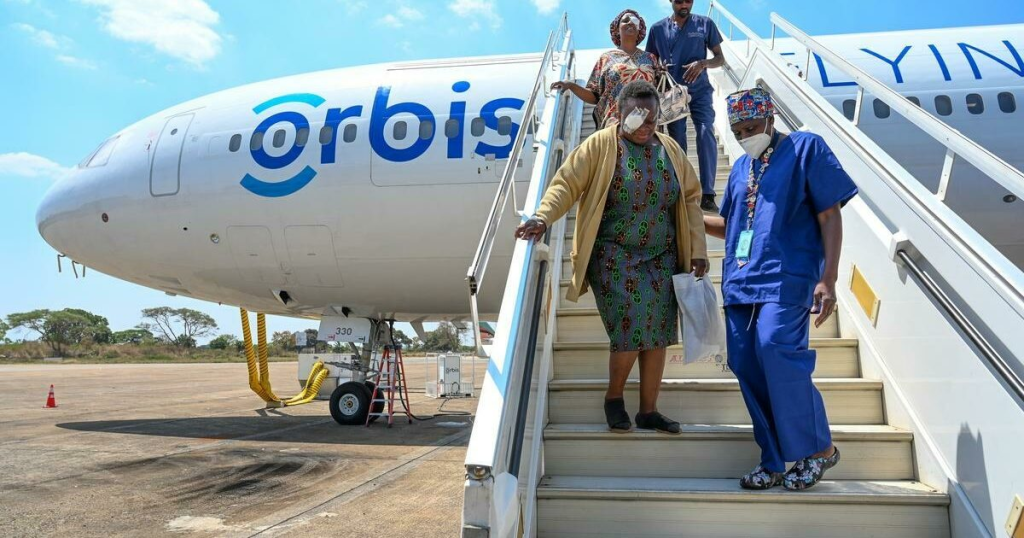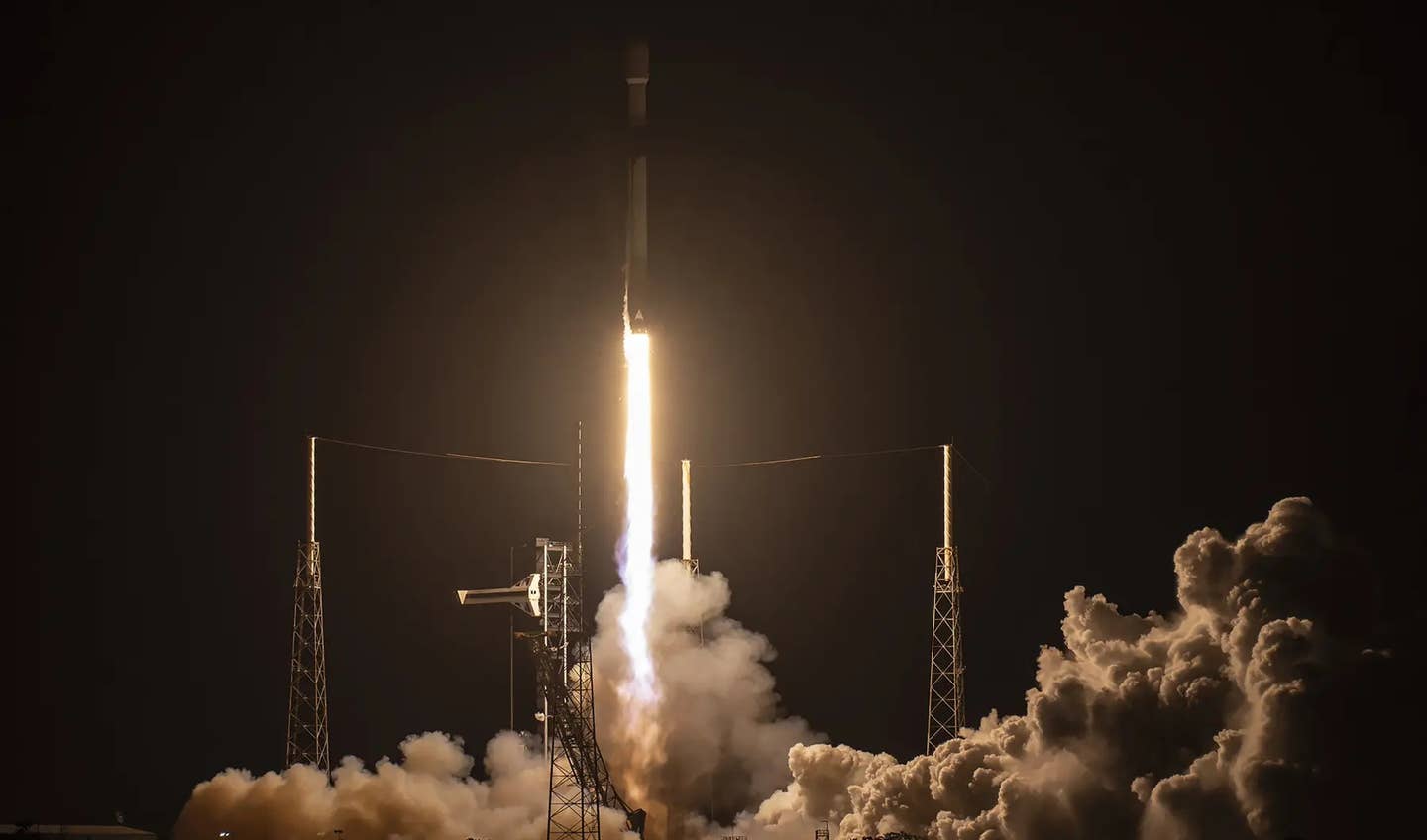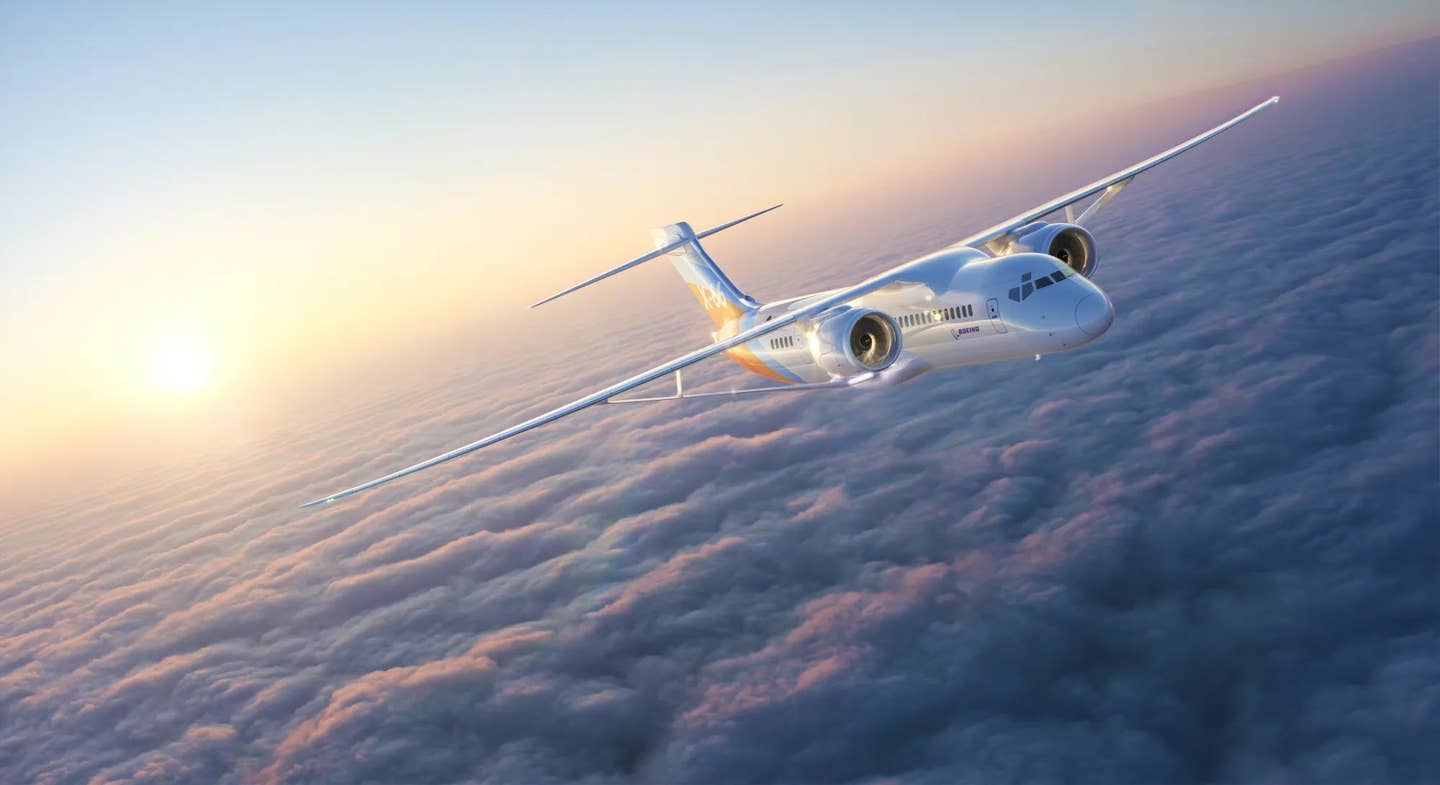Lilium Makes Key Choice on Electrical Distribution System
In a decision central to success for its electric vertical takeoff and landing air taxi, Germany-based Lilium has selected Astronics to design, develop, and manufacture the electrical power distribution system for the Lilium Jet.

The Lilium Jet is designed to carry a pilot and six passengers between 40 and 200 km (22 and 108 nm) at speeds up to 300 km/h (162 knots). [Courtesy: Lilium]
In a decision central to success for its electric vertical takeoff and landing air taxi, Germany-based Lilium (NASDAQ: LILM) has selected Astronics to design, develop, and manufacture the electrical power distribution system for the Lilium Jet.
Astronics takes on this important task after building an impressive list of customers, including Airbus, Boeing, and Embraer. “Astronics’ expertise is unique, and their collaborative approach makes them a perfect match for us,” said Lilium senior vice president of procurement Martin Schuebel in a statement. “The partnership will also help pave the way for the coming industrial ramp-up.”
The announcement also comes as Lilium’s fifth-generation demonstrator, Phoenix 2, continues its flight test campaign at ATLAS Flight Center in Villacarrillo, Spain.
Obviously, managing electricity is critical to any battery-powered electric aircraft, especially on a platform such as Lilium’s. While most other eVTOL prototypes that are currently undergoing flight testing are propelled vertically and horizontally by tilt-rotor systems, Lilium’s design uses an array of 30 ducted fans embedded across the aircraft’s wings and forward canards.
Engineers working with ducted fan propulsor technology typically face challenges related to high disc loading, which is defined as total aircraft weight divided by the aggregate area of its lift rotors. For this reason, ducted fan designs traditionally require more thrust and more powerful battery systems than alternative propulsion systems, such as tilt rotors. Lilium aims to mitigate high disc load with power-efficient cruise, optimized fixed-wing architecture, and by managing precious electric battery power.
The Lilium Jet is designed to carry a pilot and six passengers with a maximum takeoff weight (MTOW) of 3,175 kg (7,000 pounds). It’s expected to have a range between 40 and 200 km (22 and 108 nm) at speeds up to 300 km/h (162 knots).
Specifically, Astronics will be handling the Lilium Jet’s two secondary power distribution units (SPDUs) and its single charging power distribution unit (CPDU). SPDUs will convert high voltage to low voltage and distribute low voltage from the aircraft’s batteries to critical systems including flight controls, avionics, and navigation.
The CPDU will manage battery charging, and provide additional sources for converting from high to low voltage as well as low voltage distribution.
Later this summer, Lilium is expected to add an additional demonstrator—Phoenix 3—to its flight test fleet. The company has said it is on track for EASA type certification in time to enter service sometime in 2025.

Sign-up for newsletters & special offers!
Get the latest FLYING stories & special offers delivered directly to your inbox






